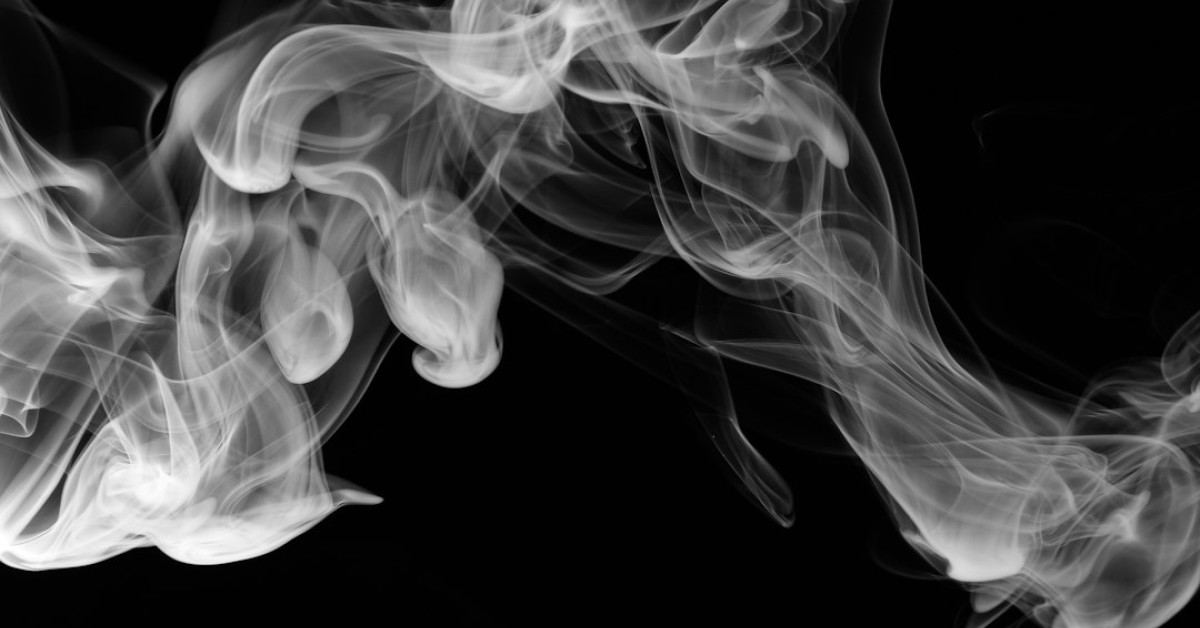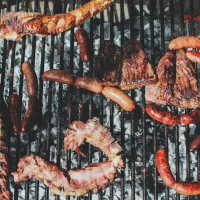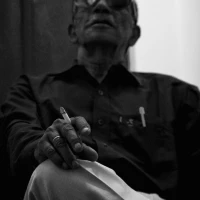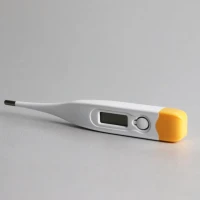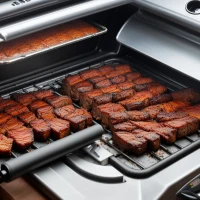Discover the ultimate secrets to mastering the art of smoking a brisket with precision and ease. As you embark on this gastronomic adventure, be prepared to elevate your barbecue skills to new heights. Smoking a 10 lb brisket at 225 degrees is an art form that, when done correctly, results in a tender, juicy, and flavor-packed feast that is sure to impress both family and friends.
Before we delve into the intricacies of smoking the perfect brisket, it’s essential to understand that patience is key. The adage “low and slow” is your mantra throughout this process. Achieving that fall-apart texture and smoky goodness requires a meticulous approach, and we’re here to guide you through every step of the way.
From prepping your meat to the final slicing, this guide will cover every aspect of the smoking process. You’ll learn how to select the best brisket, the right wood for smoking, and the intricacies of temperature control. By the end of this guide, you’ll be able to smoke a brisket like a pro, with an end result that is nothing short of spectacular.
So, fire up your smoker, grab your favorite barbecue tools, and let’s dive in!
Pre-Smoke Preparation: The Foundation of Flavor
Before you even think about firing up the smoker, there are some essential steps you need to take to ensure your brisket is seasoned perfectly and ready to absorb all the smoky flavors you’re about to introduce it to.
Selecting the Right Brisket
It all begins with selecting the right cut of meat. Look for a 10 lb brisket with a good amount of marbling – those streaks of fat are going to melt during the long smoking process, imparting incredible moisture and flavor into the beef.
The Art of Trimming
Trimming your brisket is crucial. You want to remove any excess fat that won’t render out, as well as any silver skin, without overdoing it. Aim to leave about a quarter inch of fat cap to protect the meat during the smoking process.
Seasoning Your Brisket
Theasy cacio e pepe recipere are countless rubs out there, but a classic blend of salt, pepper, garlic powder, and onion powder can do wonders for your brisket. Apply your rub generously on all sides of the brisket, allowing the flavors to penetrate and adhere to the meat.
The Smoking Phase: Hour by Hour at 225 Degrees
With your brisket prepped and ready to go, it’s time to focus on the main event: smoking. A common rule of thumb when smoking brisket is about 1 to 1.5 hours per pound at 225 degrees Fahrenheit, so for a 10 lb brisket, you’re looking at 10 to 15 hours of smoke time. Let’s break it down hour by hour.
The First Hours: Setting the Stage
During the first few hours, your brisket is being introduced to the heat and smoke. This is where it starts to develop its outer “bark” and take on a beautiful, smoky flavor. Keep your smoker steady at 225 degrees and resist the urge to open the lid too often. You’re building the foundation for a great brisket.
Halfway Through: The Stall and the Wrap
At around the 5 to 6-hour mark, you may encounter the “stall,” where the internal temperature of the brisket stops climbing. Don’t panic; this is normal. If you’re on a tighter schedule, you can wrap the brisket in butcher paper or aluminum foil to help push through this phase more quickly.
The Final Stretch: Monitoring Internal Temperature
As you approach the 9 to 10-hour mark, it’s time to start checking the internal temperature of the brisket more frequently. You’re aiming for an internal temperature between 195 and 205 degrees Fahrenheit. This is the sweet spot where the tough collagen in the brisket breaks down, resulting in that melt-in-your-mouth tenderness.
Resting Your Brisket: The Key to Perfection
Smoking a brisket isn’t a race to the finish line. Once you’ve reached the optimal internal temperature, the next crucial step is to let your brisket rest. This allows the juices to redistribute throughout the meat, ensuring that each slice is as moist and flavorful as possible.
The Right Way to Rest
Wrapping your brisket in butcher paper or foil and then a towel, placing it in a cooler, will keep it warm while it rests. You should let your brisket rest for at least an hour, but some pitmasters swear by a longer rest of up to 4 hours to achieve the ultimate texture and flavor.
Serving Up Smoked Brisket Success
The moment of truth has arrived: slicing and serving your masterpiece. Always remember to slice against the grain for the most tender eating experience.
The Grand Reveal
Unwrap your brisket carefully and take a moment to admire the bark and the smoke ring before you start slicing. If you’ve followed all the steps correctly, you’ll see a beautiful pinkish ring just below the surface of the crust, indicating a well-smoked piece of meat.
Slicing and Presentation
Use a sharp knife to slice your brisket into thick pencils of meat. Arrange the slices on a platter or board, showcasing the perfect smoke ring and juicy interior.
Enhancing Your Smoked Brisket: Sides and Pairings
No brisket meal is complete without the perfect sides. Here’s where we bring in the main subject of our article, vegetables. Your side dishes should complement the savory, smoky flavor of the brisket, and here are some ideas that could be perfect partners for your beefy centerpiece.
Smoky Roasted Vegetables
A mix of roasted root vegetables or seasoned grilled corn can offer a sweet and smoky contrast to your brisket. Carrots, potatoes, and onions are traditional favorites, but don’t be afraid to get creative with your vegetable choices.
Fresh, Crunchy Slaws
A crisp, tangy coleslaw can provide a refreshing palate cleanser between bites of rich brisket. Use a mix of cabbage, carrots, and maybe some apple for a hint of sweetness.
Classic Beans and Greens
Barbecue beans with a bit of smoked ham hock and sauteed greens like kale or collard greens bring a homey, comforting vibe to your brisket meal. The earthy flavors pair nicely with the beef and add to the overall smoke-induced delight.
Final Tips and Tricks for Smoking Brisket
To wrap up our extensive guide, let’s go over some final tips and tricks that can make all the difference when you’re smoking a 10 lb brisket at 225 degrees.
Maintain Consistent Temperature
Ensuring your smoker stays at a consistent temperature is paramount. Invest in a good quality meat thermometer or smoker with built-in temperature control to make your life easier.
Choose the Right Wood
Different types of wood can impart various flavors to your brisket. Woods like hickory, mesquite, oak, and pecan are all excellent choices for brisket. Experiment to find your favorite.
Practice Patience
Smoking is a time-intensive cooking method that can’t be rushed. Start early and give yourself plenty of time for both the smoke and the rest. Your patience will be rewarded with an exceptionally tender and flavorful brisket.
Stay Hydrated
Keep the brisket moist by spritzing it occasionally with apple cider vinegar or beef broth, especially if you notice the surface drying out.
Lead with Confidence
Lastly, have confidence in your abilities. Smoking brisket can be intimidating, but with practice and attention to detail, you will soon master the craft.
Smoking a 10 lb brisket at 225 degrees requires a combination of science, art, and a touch of barbecue magic. With this comprehensive guide, you’re well on your way to becoming a brisket-smoking wizard. Remember to keep your smoker humming low and slow, be vigilant with your temperatures, and look forward to the incredible flavors you’re about to enjoy.
Embarking on the brisket smoking journey equips you with the skills to impress at any cookout, holiday, or special occasion. The savory allure of perfectly smoked brisket will have guests clamoring for seconds and asking for your secrets. Share this guide freely or keep it as your ace in the hole – either way, the path to brisket glory is now yours to command.
